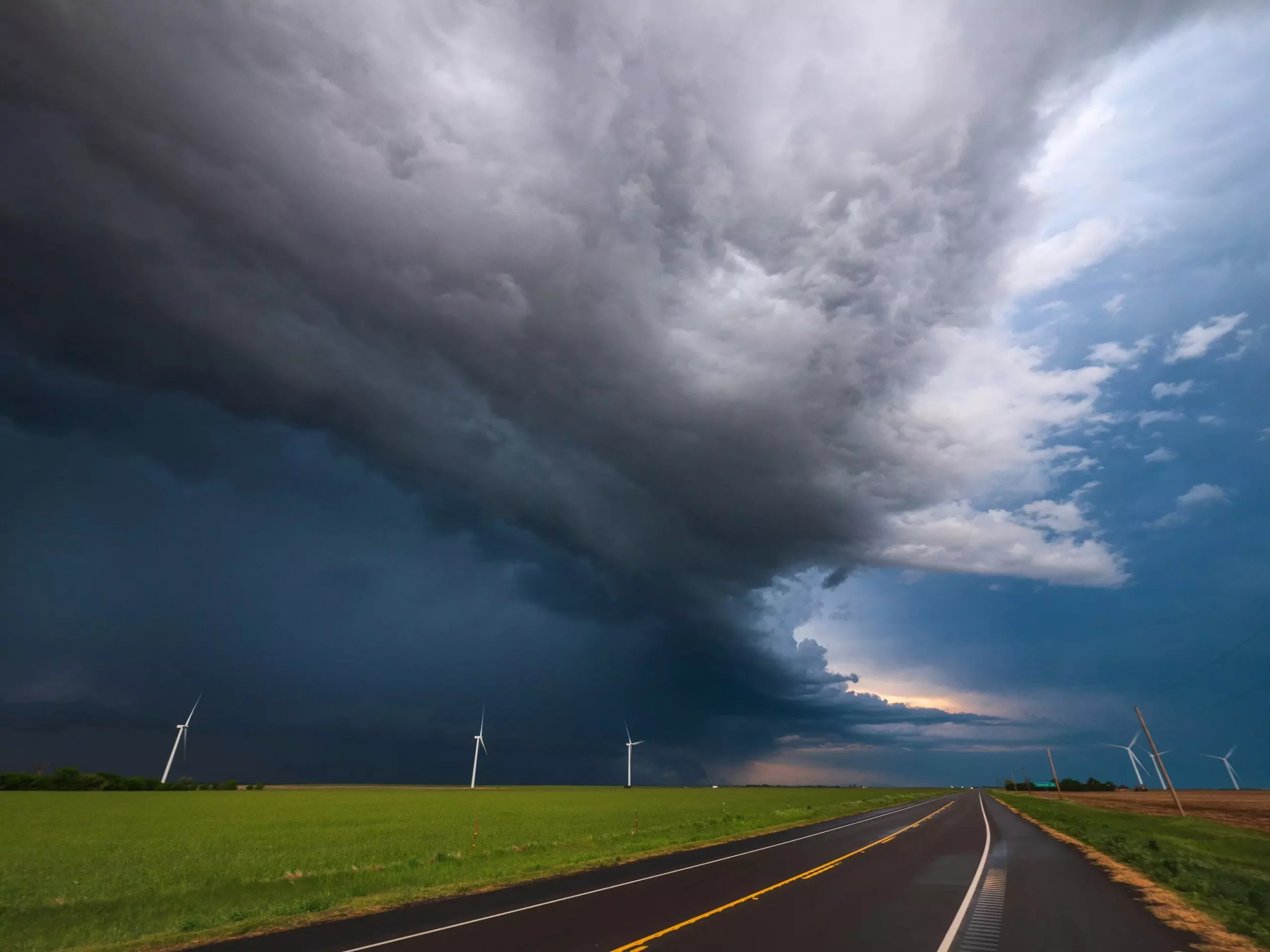In a groundbreaking study, researchers are unveiling a new frontier in tornado tracking by harnessing the enigmatic power of cosmic rays, specifically muons. These high-energy particles could potentially revolutionize how scientists monitor the chaotic forces of nature. Traditional methods for tracking tornadoes, like drones or weather balloons, often put human lives at risk. What if we could sidestep the immediate dangers posed by violent storms while gaining valuable insights? This study posits that muons, which travel through the atmosphere at nearly the speed of light, might be the key to safer, more effective tornado tracking.
The Allure of Muon Technology
Muon detection offers a promising alternative. Unlike typical meteorological instruments, muons are sensitive to atmospheric conditions. As lead author William Luszczak from The Ohio State University aptly notes, the variation in muon data can provide critical clues about storm properties. When muons traverse a thunderstorm, their behavior changes in discernible ways compared to those traveling through clear skies. This unique sensitivity could yield unprecedented data, empowering meteorologists to better understand the complex atmospheric conditions that lead to severe weather events.
Luszczak’s study builds on previous research but applies it in a novel context. By leveraging complex astrophysical simulations alongside historical weather data from the El Reno tornado outbreak in 2011, researchers evaluated how muons are affected by the pressure fields that characterize tornadoes. Their findings suggest that these signals may serve as a new metric for gauging the intensity and evolution of severe thunderstorms.
The Mechanics of Muon Interactions
The faint influence of supercell thunderstorms on muon transmission presents an innovative way to study atmospheric phenomena. Through a sophisticated three-dimensional cloud model, researchers accounted for various influencing factors including wind patterns and precipitation types such as rain, snow, and hail. The outcome indicates that these storms do indeed modify the number, direction, and intensity of muon particles, signaling a fresh avenue for atmospheric research.
However, employing muons for severe weather analysis is not without its challenges. Current cosmic ray detection systems like the Pierre Auger Observatory may not be situated in ideal tornado-prone areas. Yet, the concept of implementing smaller, portable muon detectors capable of operating in the notoriously volatile Tornado Alley offers a tantalizing solution. These detectors could complement existing meteorological data while minimizing the risk to human researchers.
Practical Implications and Future Research
Moreover, the design of these muon detectors presents a double-edged sword. Although compact detectors can be easily transported to areas of interest, their smaller size may compromise the sensitivity and accuracy of observed data. Luszczak notes that a device measuring around 50 meters across is likely to capture fewer particles compared to larger setups, which inherently limits the depth of analysis possible. Despite these limitations, the potential application of larger, stationary detectors provides a compelling case for future research.
As severe weather events are often fleeting, the establishment of permanent muon detection setups could allow scientists to capture vital data during opportune moments. Enhancing our understanding of the atmospheric conditions surrounding tornadoes could dramatically improve weather models, thereby refining the accuracy of alert systems. By providing earlier warnings and more actionable insights, the integration of cosmic observations into tornado tracking could save lives and enhance public safety.
Revolutionizing Weather Models
What’s more, the integration of muon analysis into predictive modeling could deliver a more nuanced understanding of turbulent weather patterns. The interconnected nature of current weather systems requires innovative approaches to simulation and forecasting. By amalgamating astrophysical insights with meteorological data, the prospects for agile, responsive weather alerts become more tangible.
As Luszczak states, “By having better measurements of the atmosphere surrounding a tornado, our modeling improves, which then improves the accuracy of our warnings.” This statement encapsulates the transformative power of cosmic ray science in weather monitoring, and it hints at a future where science and technology collaborate seamlessly to enhance our understanding of the world’s most destructive phenomena.
The exploration of muons as a tool for predicting tornadoes is situated not just at the intersection of astrophysics and meteorology, but also in the realm of public safety. Improved tracking technologies promise to offer a window into storm dynamics, ushering in an era characterized by enhanced preparedness and more reliable weather forecasting. While challenges remain, the ambition to redefine tornado tracking through cosmic rays positions this field of study at the forefront of scientific innovation.


Leave a Reply